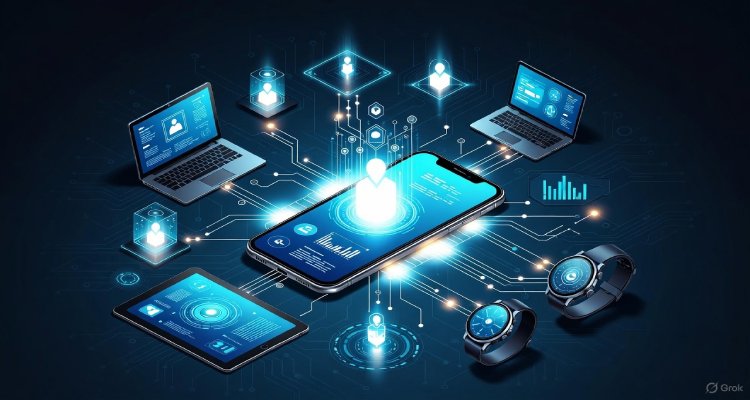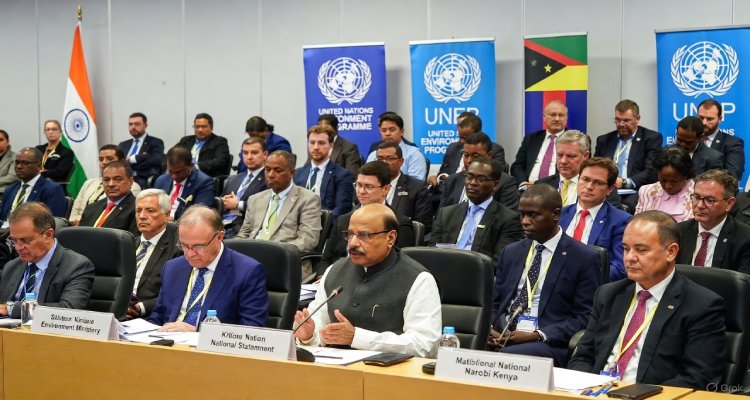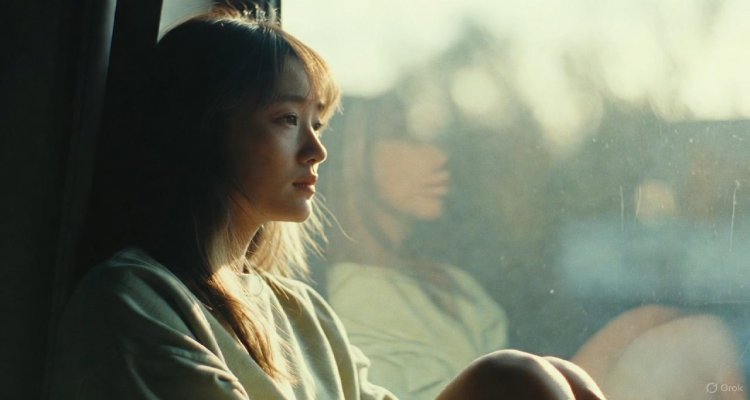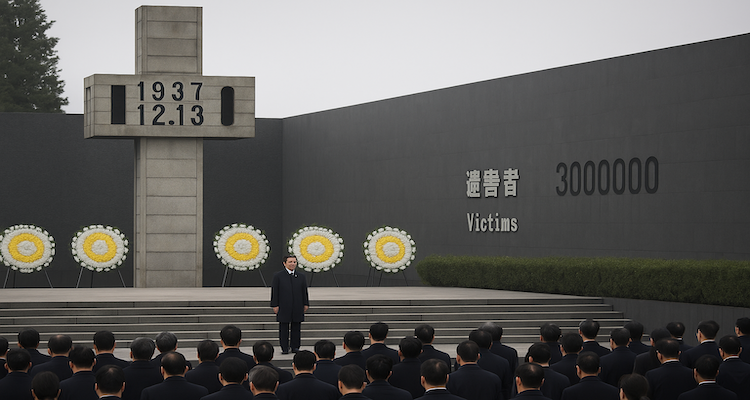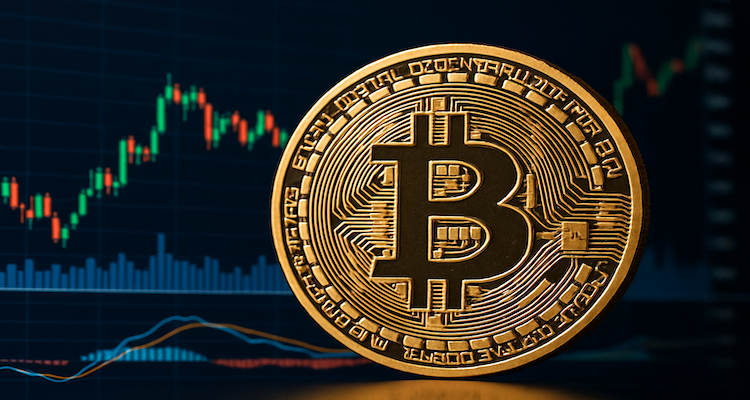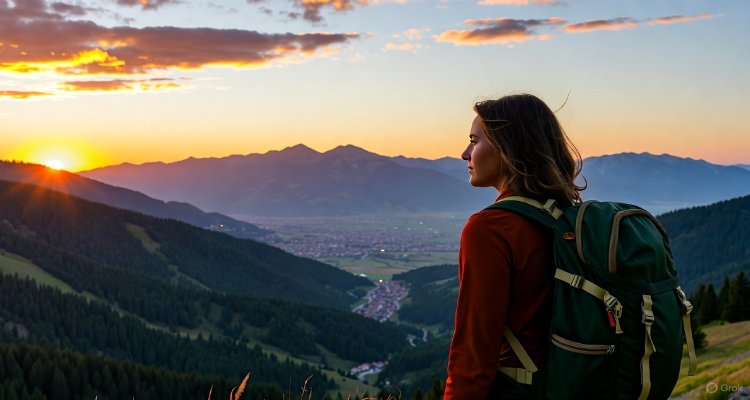Why the Future of Status Is Solitude
As hyperconnection defines the digital age, solitude is emerging as the ultimate marker of power, privilege, and peace. Here’s why the future of status is silence and self-containment.
Introduction: The New Luxury Nobody Notices
A century ago, the truest signal of status was visibility—lavish parties, exclusive circles, and designer lifestyles. Today, in a world where attention has become both currency and curse, a new hierarchy is forming. The most powerful people are not the loudest voices online but the ones who can afford to disappear. In an age addicted to visibility, solitude has become the ultimate luxury.
Context & Background: From Social Clout to Digital Exhaustion
The last decade of smartphone dependency and social media escalation has created a paradox. We’ve never been more connected, yet individuals report rising loneliness, burnout, and “information fatigue.” The World Health Organization now classifies burnout as a global occupational phenomenon. Every ping, like, and notification chips away at focus and privacy—commodities once taken for granted.
Historically, solitude was reserved for monks, writers, or philosophers who sought clarity in isolation. But today’s solitude speaks less of retreat and more of resistance. With constant exposure and over-sharing, silence has turned into a modern-day rebellion—a way to reclaim one’s attention in a world designed to fragment it.
Main Developments: Disconnection as a Status Symbol
Signs of this shift are visible everywhere—from Silicon Valley to the quiet resorts of remote Japan. Tech elites are investing in “digital detox” retreats, where no Wi-Fi and no cameras are permitted. Some executives are reportedly hiring “privacy consultants” to vanish from search results or obscure their digital footprints entirely.
In urban centers, the rise of minimalist living, wilderness travel, and “slow weekends” without screens reflects a widespread withdrawal from digital performance. Social media users are pruning their feeds, celebrities are vanishing from platforms, and micro-communities are forming around the ethos of intentional solitude.
Status today, it seems, is measured not by how many people know your name, but how little of your life is known.
Expert Insight: Reclaiming Autonomy in an Overexposed Age
Psychologist Dr. Calandra Ruiz, an expert in digital behavior, explains, “Solitude is no longer antisocial—it’s aspirational. The most mentally healthy individuals are those who can regulate their exposure and protect their inner worlds.”
Meanwhile, sociologist Mark Chen of MIT observes a sharp cultural inversion: “Where visibility once equaled validation, now invisibility offers liberation. Opting out signals control, discernment, and self-sufficiency.”
Even branding experts are reframing luxury in terms of quietness and exclusivity. Hermès and Bottega Veneta, for instance, have minimized social media presence to cultivate allure through absence—the opposite of influencer culture’s oversharing ethos.
Public Reaction: The Rise of the “Offline Elite”
On social media, paradoxically, the conversation around solitude thrives. Influencers now post about “digital sabbaticals” and “dopamine detoxes,” often documenting their pre- and post-journeys. The irony isn’t lost—solitude as a lifestyle has itself become content—but the underlying sentiment reflects genuine fatigue.
Younger generations, especially Gen Z, are leading this cultural change. According to Pew Research data (2024), 63% of users aged 18–24 intentionally limit screen time weekly, citing peace and productivity as main motivators. Solitude isn’t just an act of tuning out; it’s an act of taking back one’s time.
Impact & Implications: From Privacy to Power
The implications stretch well beyond mental health. In the geopolitical and corporate realms, discretion and distance are regaining currency. The CEOs who reject Twitter feuds, leaders who log off, and investors who decline public clashes command a different kind of respect—rooted in composure and inaccessibility.
Architecturally, the movement manifests in “quiet spaces” and “mindful neighborhoods” gaining traction in urban planning. Apps like Headspace, Calm, and Stoic aren’t just wellness tools—they’re cultural signs of solitude’s commercialization.
As solitude turns aspirational, it also risks becoming stratified: those with wealth can afford privacy, while the rest remain trapped in algorithms of exposure.
Conclusion: The Silence That Speaks of Power
The digital age taught us how to broadcast ourselves; the next frontier may teach us how to disappear. Solitude isn’t regression—it’s evolution. As our devices demand total presence, those who master absence will define influence in the decades ahead.
When the world trades authenticity for visibility, choosing to be unseen may be the ultimate act of self-respect—and the new measure of status.
Disclaimer:This article is for informational and editorial purposes only. It does not represent financial, psychological, or health advice. All referenced expert opinions are for contextual understanding and illustrative analysis.


